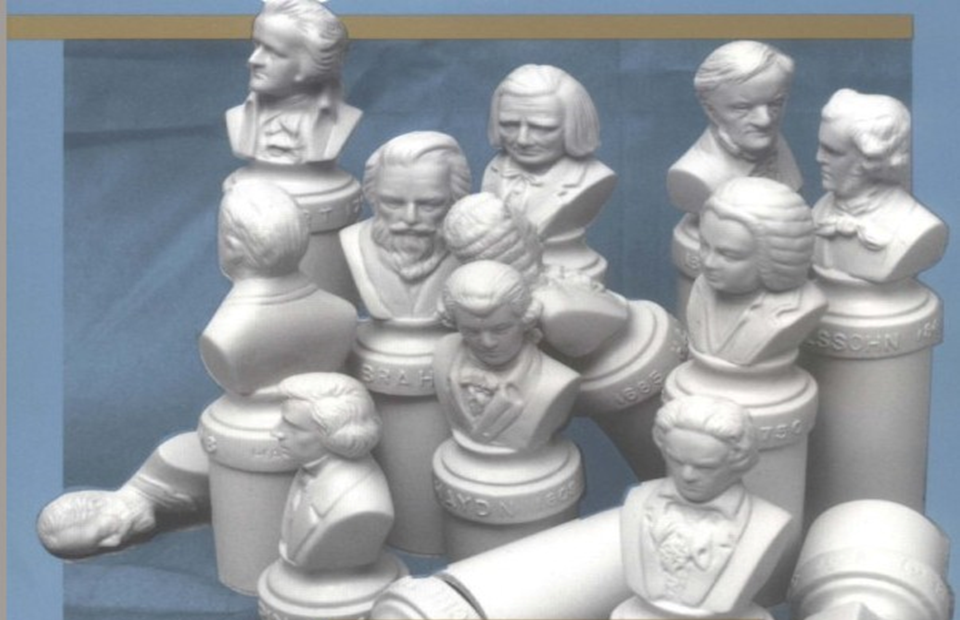Timothy Diovanni attended a recent scholarly conference, and came away with much to say about the practical value of what he heard, value in the ongoing discussion over the need to diversify the classical canon. Here is the first of his installments in an engaging and provocative series.
Finding Solutions: How the 44th Annual Society for American Music Conference Provides Resources for Institutional Diversification
Here it is again. The recent uproar (for instance, this article by Douglas Shadle) prompted by the release of next season’s program by prominent institutions in classical music, such as the Philadelphia Orchestra, Metropolitan Opera, Houston Grand Opera, and the Chicago Lyric Opera, is, in my view, justified, but, at this point, disheartening; these same responses have been written continuously for years—with sharpness and perception—but without widespread changes. Obviously, whoever’s at the top is not listening or simply not caring about the critiques made. So, to support the clamoring for diversity, I’ll write from another angle. How could music created by non-traditional, i.e. non-European white men, answer the need for diversity in America? What interesting features does their music exhibit, and what kinds of messages do they convey? Answers to these questions provide concrete options for institutions—in the full continuum of size and variety—for their concert programs, and explain why they should implement these policies.
Diversity moves toward fairer representation in the concert hall, in which multi-faceted and multi-vocal works communicate their distinct and meaningful artistic messages. By focusing on the question “Why their music?”, I attempt to move past the notion that alternative programs feature composers just because of how they look — i.e. solely to provide diversity — and instead, show that these concerts do so to create a rich and colorful polyphony of compositional voices for modern audiences to enjoy. These answers provide motivation for requisite developments in a slowly-progressing environment.
So, with this in mind, I traveled to the 44th annual conference of the Society for American Music, hosted by the University of Missouri-Kansas City. There, I attended lectures that addressed musicians and composers who have not been studied, programmed, or recorded because of systematic ostracization. In the following posts, I will assemble what I learned about these artists to advocate for their work in modern-day venues. The evidence will show that diversified programming is not the result of a supply shortage, but rather decisions reached by artistic advisory committees and upper administrators. Armed with a wide range of re-examined and re-introduced music, it is necessary for institutions to re-evaluate their programs, and to make their decision-making processes more transparent. Audiences, pundits, and the establishments themselves will benefit from such changes.
